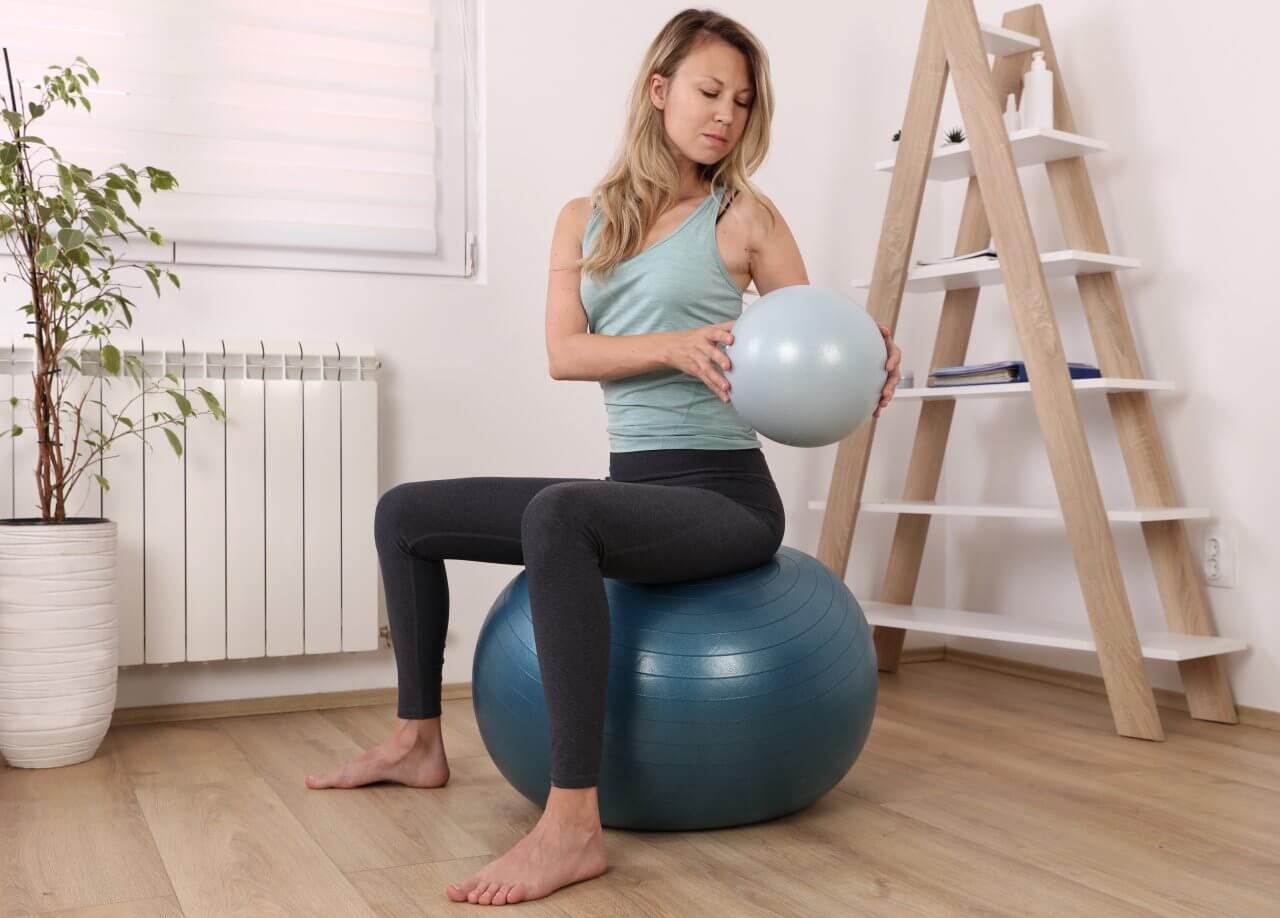What Is Pelvic Floor Therapy?

Pelvic floor therapy is a special type of physical therapy. It focuses on the muscles, tendons, and connective tissue that work together to support your bladder, bowels, and reproductive tract.
Pelvic floor problems can cause frequent urination, urine leakage, constipation, trouble controlling your bowels, erectile dysfunction in men, and pain during sex in women.
What Causes Pelvic Floor Problems?
The exact cause of pelvic floor problems isn’t always clear. But several factors can increase your risk of having an issue, including:
- Pregnancy
- Being overweight
- Aging
- Significant pelvic injuries
- Pelvic surgery
- Overuse of the pelvic muscles
What Does a Pelvic Floor Therapist Do?
When you work with a pelvic floor physical therapist, they first talk with you about your symptoms. Next, they assess the strength and endurance of your core muscles to develop a treatment plan.
This typically involves inserting one or two gloved fingers into your vagina or rectum to evaluate the pelvic floor muscles. They may also have you perform certain actions or assume specific positions as part of the evaluation.
The goal of pelvic floor therapy is to relieve any pain you may have due to pelvic floor dysfunction and reduce symptoms like urine leakage so that you can resume your normal activities and enjoy them more.
Pelvic floor treatments include:
- Trigger point therapy. Your pelvic floor physical therapist applies pressure to a spot on your body called a trigger point. There are both external and internal trigger points. Your therapist or physician may also inject anesthesia medications into problem areas.
- Electrical stimulation. Your therapist may use this technique to reduce muscle spasms and pelvic pain. They can perform this therapy in their office or teach you to treat yourself at home with equipment they provide.
- Kegels. Kegels are a well-known exercise that strengthens the pelvic floor muscles. They involve contracting and relaxing these muscles like you would other muscles in the body. Kegels may help you reduce incontinence issues and relieve pain during sex for women. Your therapist will teach you how to do Kegels correctly and get the maximum benefit from them.
- Biofeedback. In biofeedback, your physical therapist uses special equipment to measure the contraction of your pelvic floor muscles and assess how well the prescribed exercises and treatments are working. Getting signals from the muscles can involve placing electrodes on the outside of your body or using an internal probe.
Regaining Comfort, Control, and Confidence
Pelvic floor exercises and therapies can be effective in helping you be more comfortable, have more control over your bodily functions, and enjoy more confidence in your daily activities. As with any “workout” routine, it takes time to increase the strength and coordination of your pelvic floor muscles. But with consistent effort, you should see noticeable improvement.
Pelvic floor therapy is generally safe. However, if you experience intense pain before, during, or after treatment, you should tell your physical therapist or doctor. Your doctor may recommend that testing be performed to determine the cause of the pain.
Learn More About Pelvic Floor Therapy from Baptist Health
Although both men and women can benefit from pelvic floor therapy, women are more likely to require it. If you have questions about pelvic floor therapy or other health services for women, learn more online or talk with your Baptist Health physician.
Next Steps and Useful Resources
Find a Provider
The Pelvic Floor After Childbirth
What Are Kegel Exercises and How Do I Do Them?
What Causes Frequent Urination?



